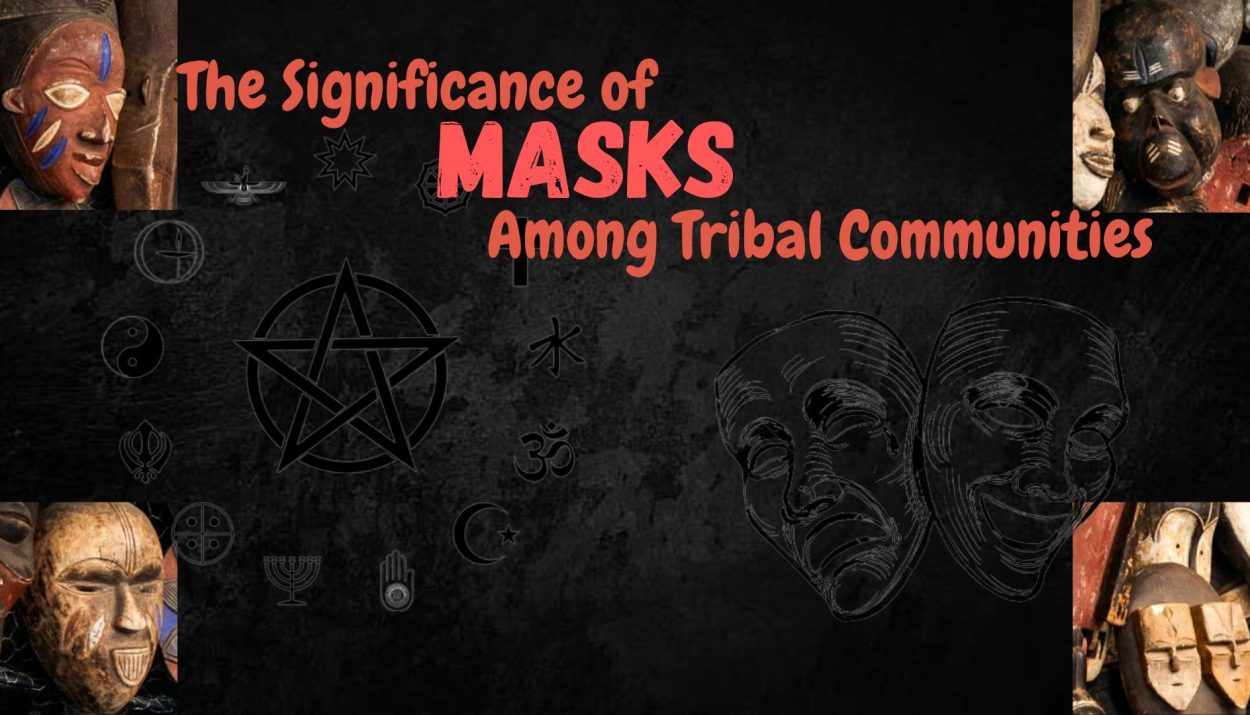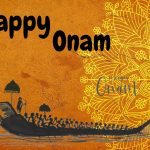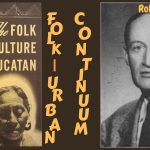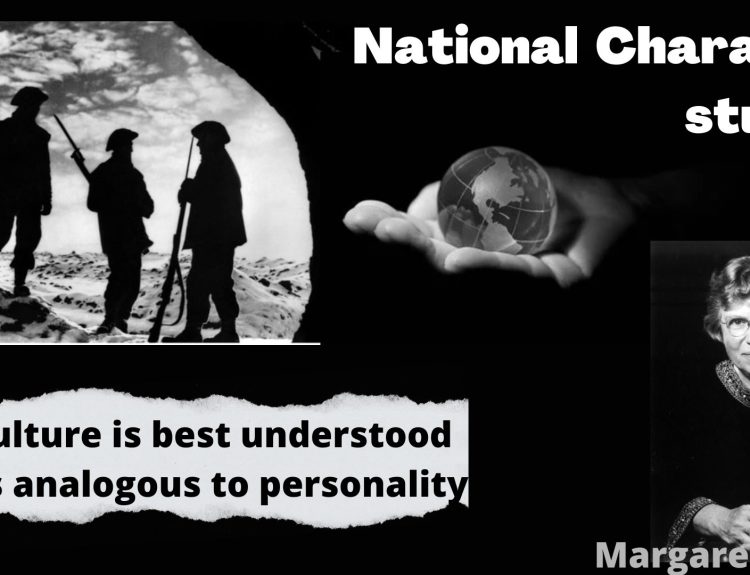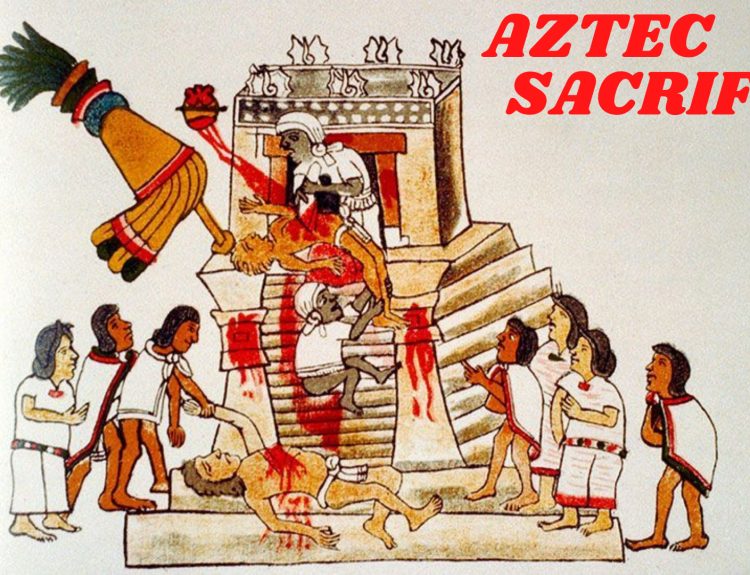Masks have held a vital place in human culture for countless generations. The significance of masks among tribal communities goes beyond their aesthetic appeal. Within these indigenous groups, masks play diverse roles in ceremonies steeped in religious and social importance, as well as in customs related to funerals, fertility, and the healing of ailments. Some masks even take centre stage during joyous celebrations, portraying characters in theatrical performances and reenacting ancient mythological tales. Additionally, masks serve practical purposes, doubling as protective gear during warfare, specific activities, or adverse weather conditions. This multifaceted role of masks within tribal cultures highlights their deep cultural and spiritual connections.
Preserving Cultural Identity
One of the most significant roles masks play among tribal communities is in preserving and passing down their cultural identity. Many tribal societies are oral cultures, meaning that their histories, myths, and traditions are transmitted orally from one generation to another. Masks act as tangible representations of these oral traditions. They often depict ancestral figures, gods, and spirits, making the stories and beliefs of the tribe come to life.
Masks are also used in various ceremonies and rituals, serving as a way to connect with the past and maintain a sense of continuity with their ancestors. In this sense, masks are not static objects but living symbols of cultural resilience.
Example-
The Pwoom Itok mask, employed by the Kuba people in the Republic of Congo, plays a central role in the initiation ceremonies for young boys. During these rites, individuals don the mask alongside a cane, cloth, and feather headdress, as well as a cloth garment adorned with cowrie shells, symbolizing a distinguished social status.
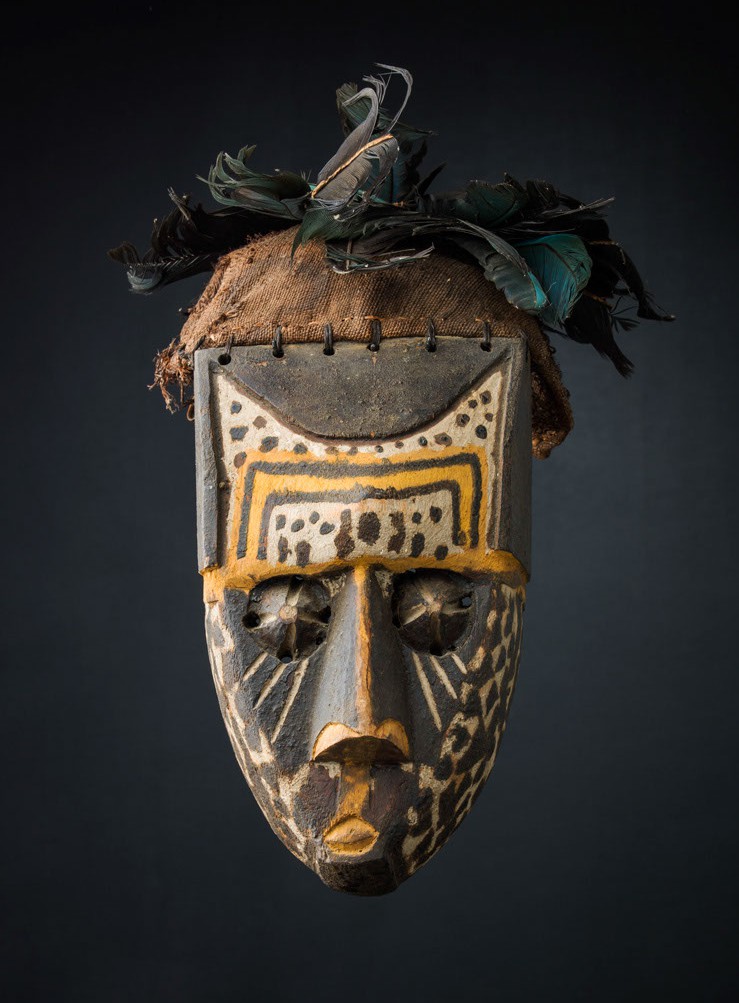
Spiritual Significance
Tribal masks are deeply intertwined with the spiritual practices of these communities. They are often used in ceremonies, dances, and rituals that are meant to invoke and appease spirits, gods, and other supernatural entities. The masks are believed to embody the spirits themselves or serve as a conduit between the earthly realm and the spiritual world. Through dance and ritualistic performances, tribal members wearing masks can communicate with these spirits, seek their guidance, and ensure the well-being of their community.
They were crafted with the intention of depicting ancestors, animals, and legendary heroes, with the hope that pleasing the spirits would bring blessings of protection and good fortune to the tribe. Additionally, these masks were donned during festive occasions. Various cultures developed distinct mask styles influenced by the materials at hand and their unique beliefs, yet they all shared a common goal: to commemorate the essence of life and death.
Example-
Eharo masks, which can be translated as “dance head” or “dance mask,” were a distinct mask variety employed by the Elema community residing in the Eastern Gulf of Papua. These masks held significance within a ceremonial event known as the Hevehe, marking the culmination of a seven-year cycle. The primary objective of this ceremony was to pacify or ward off malevolent spirits inhabiting the seas and the land. Eharo masks, intricately fashioned from materials such as barkcloth, vegetable fibre, and a palette of pigments, played a central role in these rituals.
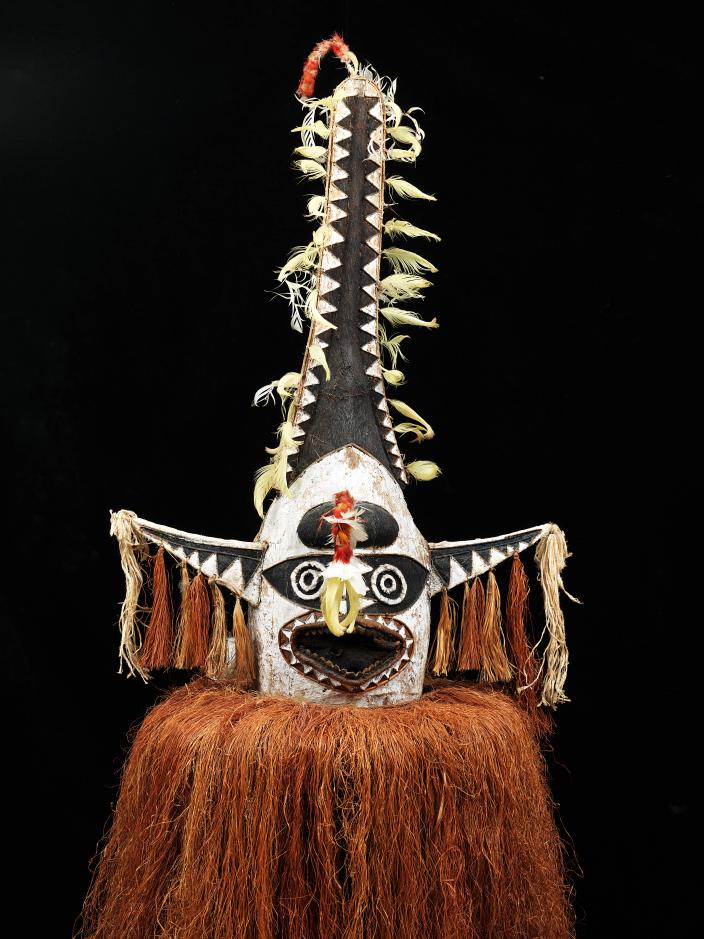
Artistic Expression
While masks in tribal communities have a profound spiritual and cultural significance, they are also a form of artistic expression. The craftsmanship and intricacy involved in creating these masks are a testament to the creative talents of tribal artisans. Each mask is a unique work of art, reflecting the cultural aesthetics and symbolism of the community.
Tribal masks often feature elaborate designs, vibrant colours, and intricate carvings. They are made from a variety of materials, including wood, bone, feathers, and animal hides. These masks serve ceremonial and spiritual purposes and contribute to the global appreciation of indigenous art.
Example-
The Purulia Chhau mask represents an integral aspect of the cultural heritage of Purulia, located within the Indian state of West Bengal. This particular Chhau mask from Purulia holds the esteemed distinction of being registered on the List of Geographical Indications. Crafted meticulously from materials like paper pulp, cloth, and clay, these masks undergo a series of intricate steps and processes before attaining their final form. Rooted in tradition, the Chhau mask is intricately linked to ancient dance forms, serving as an exceptional and cherished form of cultural heritage art specifically designed for Chhau dance performances.

Masks in Indian tribal culture
Masks hold a significant role within Indian tribal culture, serving as vehicles for expressing religious, dance, and festive emotions. Within the tapestry of Indian traditions, spanning from the Aryans to various hill tribes, masks are considered embodiments of divinity. Tribal communities believe that these masks symbolize the presence of their deities, offering moral and spiritual guidance.
In the context of Indian tribal culture, masks occupy a pivotal position. These tribal mask characters often represent deities, ancestral spirits, totems, mythological figures, historical events, royal personalities, animals, or birds. The materials used in crafting these masks span a diverse spectrum, including clay, paper pulp, metal, wood, bamboo, cow dung, tin, and leather.
Anthropologists suggest that just six decades ago, India boasted an array of over a thousand mask varieties employed across the country. This rich diversity encompassed everything from the Buddhist Mahakala masks featured in Ladakh and Sikkim’s dances to the vivid Kathakali masks from Kerala. In the northeastern region, Naga tribals showcased their own masks for the annual harvest celebrations, while in western India, among the Kukana and Warli tribes of Gujarat and Maharashtra, masks held a special place, manifesting vibrant local traditions.
Conclusion
Masks in tribal communities serve as powerful symbols of cultural identity, spiritual significance, artistic expression, and the preservation of traditional knowledge. They are not mere artefacts but living embodiments of the rich tapestry of indigenous cultures. However, with modernization and the encroachment of Western culture, many tribal communities face the challenge of preserving their traditional practices. The creation and use of masks become a way for these communities to connect with their heritage and keep their traditions alive.
As we celebrate the diversity of human heritage, it is crucial to recognize and respect the importance of masks among tribal communities and support efforts to preserve and promote these unique traditions for generations to come.
Reference
The functions and forms of masks- Britannica


